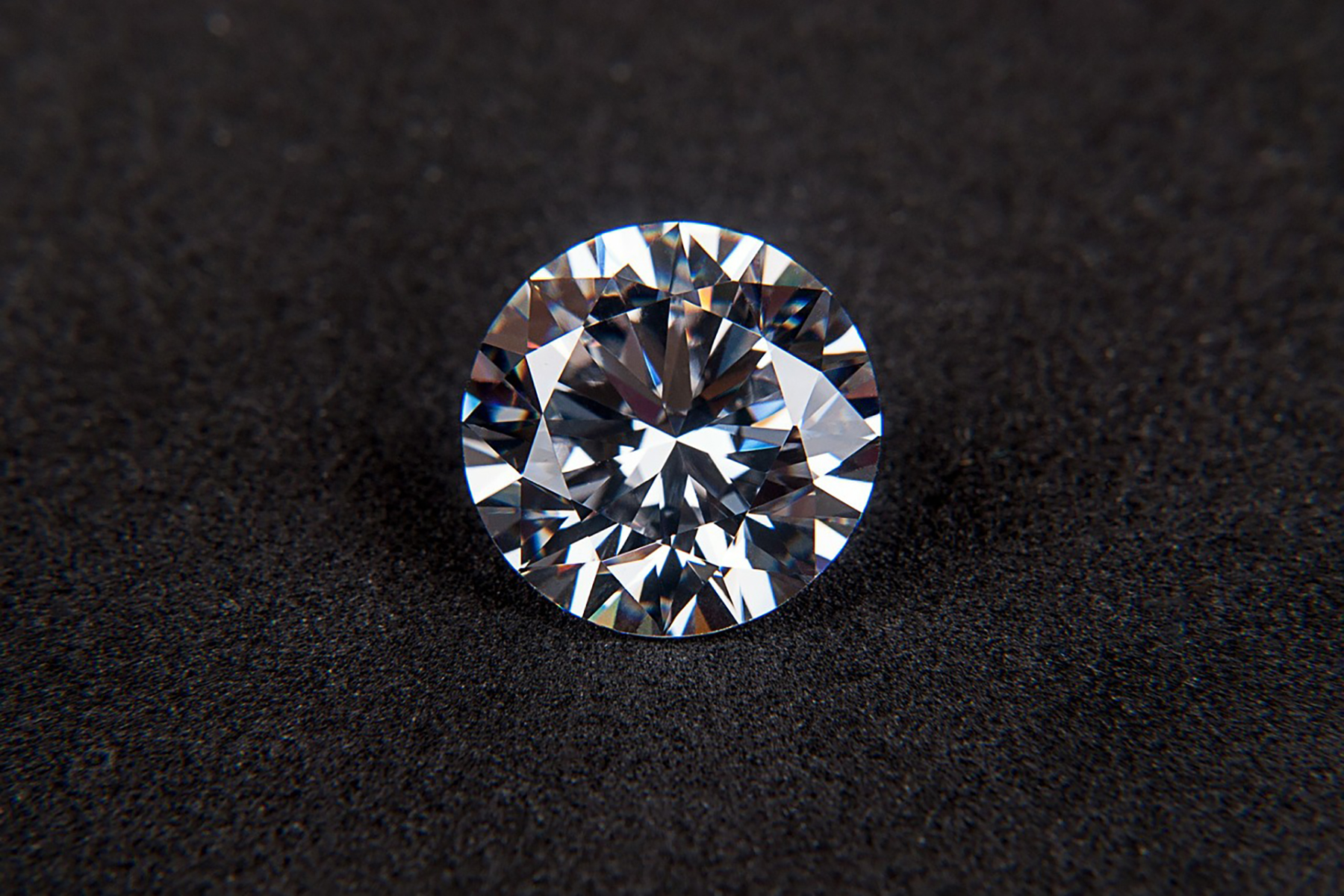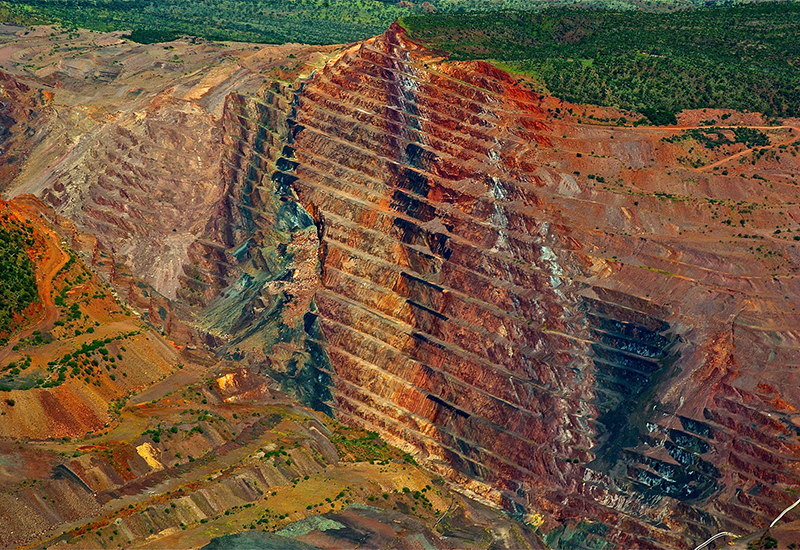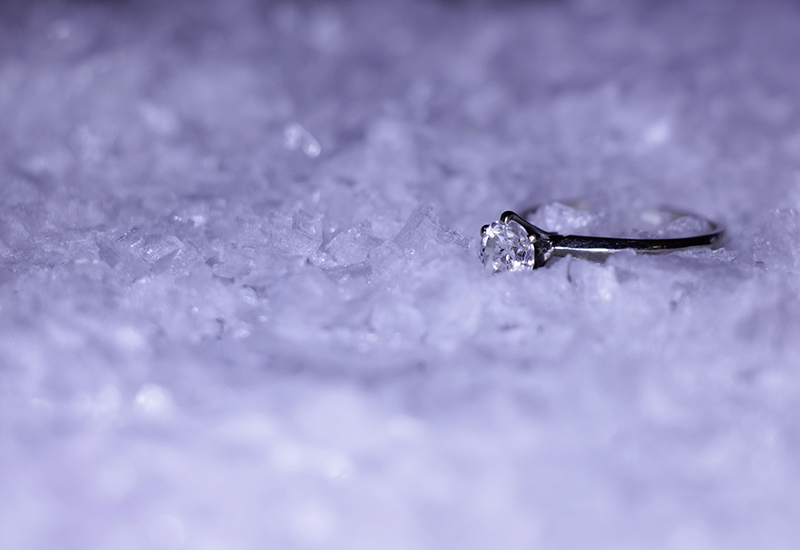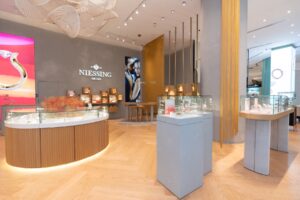The production time for lab-grown diamonds is between 5-15 days while mined diamonds can take more than a million years to form.

Shopping either for your engagement ring or the next diamond piece to add to your collection is no small feat. And now, some may have the additional point of sustainability to tick off on their list of criteria. Due to these concerns, lab diamonds are rapidly becoming a popular alternative to mined diamonds.
But what are lab-grown diamonds really? How do they differ from mined diamonds? Join us as we break the differences down.
Physical characteristics
 There is no difference in physical characteristics between lab-grown diamonds and mined diamonds. Both mined and lab-grown diamonds are made of pure carbon and have identical physical, chemical and optical attributes. Lab-grown diamonds are developed inside a reactor, in a laboratory. The process mimics the natural process with extreme heat, pressure and gasses that mined diamonds go through within earth’s core.
There is no difference in physical characteristics between lab-grown diamonds and mined diamonds. Both mined and lab-grown diamonds are made of pure carbon and have identical physical, chemical and optical attributes. Lab-grown diamonds are developed inside a reactor, in a laboratory. The process mimics the natural process with extreme heat, pressure and gasses that mined diamonds go through within earth’s core.
Sustainability concerns
 Diamond mining is the crux of a multibillion-dollar industry with mining sites all over the world. Concerns of ethics, as well as sustainability, has led to alternatives to be sought. Mined diamonds have been riddled with concerns of earth displacement, deforestation, water usage and energy consumption. There is also the ethical concern of diamonds being smuggled out of conflict zones in Africa that are popularly known as blood diamonds.
Diamond mining is the crux of a multibillion-dollar industry with mining sites all over the world. Concerns of ethics, as well as sustainability, has led to alternatives to be sought. Mined diamonds have been riddled with concerns of earth displacement, deforestation, water usage and energy consumption. There is also the ethical concern of diamonds being smuggled out of conflict zones in Africa that are popularly known as blood diamonds.
However, lab-grown diamonds are not free from controversies as the laboratories use potentially harmful gases such as methane in the manufacturing process. There has been little transparency about how this is sourced and managed, but we can rest assured that lab-grown diamonds are definitely conflict-free.
Production and perfection
 The production time for lab-grown diamonds is between 5-15 days. The process also allows for flawless diamonds to be manufactured in large numbers in a short time span.
The production time for lab-grown diamonds is between 5-15 days. The process also allows for flawless diamonds to be manufactured in large numbers in a short time span.
The formation time for mined diamonds can be more than a million years! Mined diamonds have tiny flaws which hold the secret to their formation. In a new study, researchers used imperfections which are derided by jewellers but valuable to scientists to trace diamond formation.
Price
 Lab-grown diamonds cost about 30% less compared to mined diamonds and they also don’t have a high resale value. Their low resale value is due to the fact that they are not rare like mined diamonds.
Lab-grown diamonds cost about 30% less compared to mined diamonds and they also don’t have a high resale value. Their low resale value is due to the fact that they are not rare like mined diamonds.
Despite the price difference between mined diamonds and lab-grown diamonds, consumers still show a preference for mined diamonds. This is despite the fact that diamonds are seldom a sound investment to make and are usually precious heirlooms. In most cases, the diamonds are only repurchased by the jeweller who sold it to you previously. The absence of fixed quality standards and price benchmarks may even force the consumer to sell his diamond piece at a discount.
In case you would like to make the ethical choice, head over to Lightbox by De Beers for lab-grown diamond jewellery that is pleasing to the eye as well as friendly to Mother Earth.
Images: Stock photos









